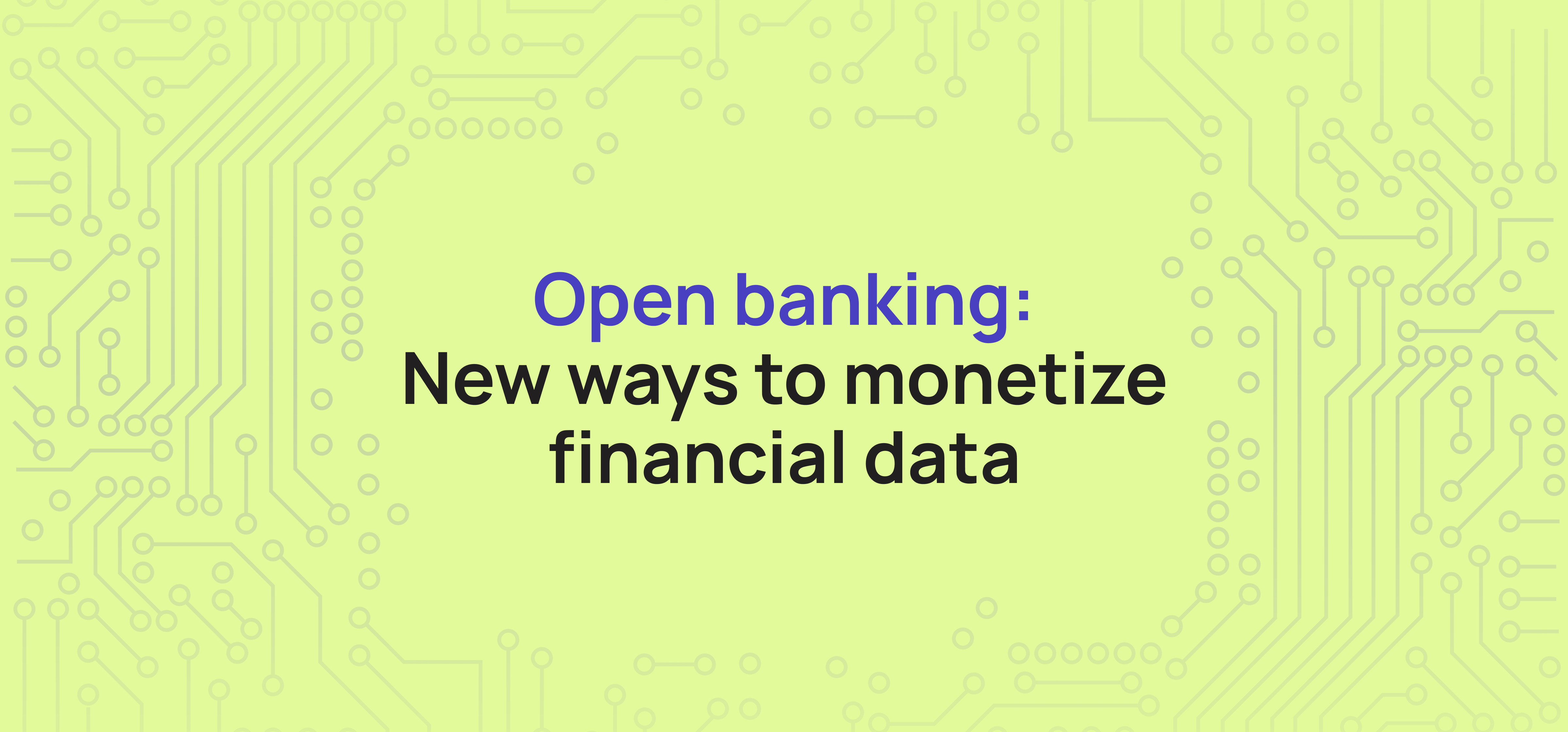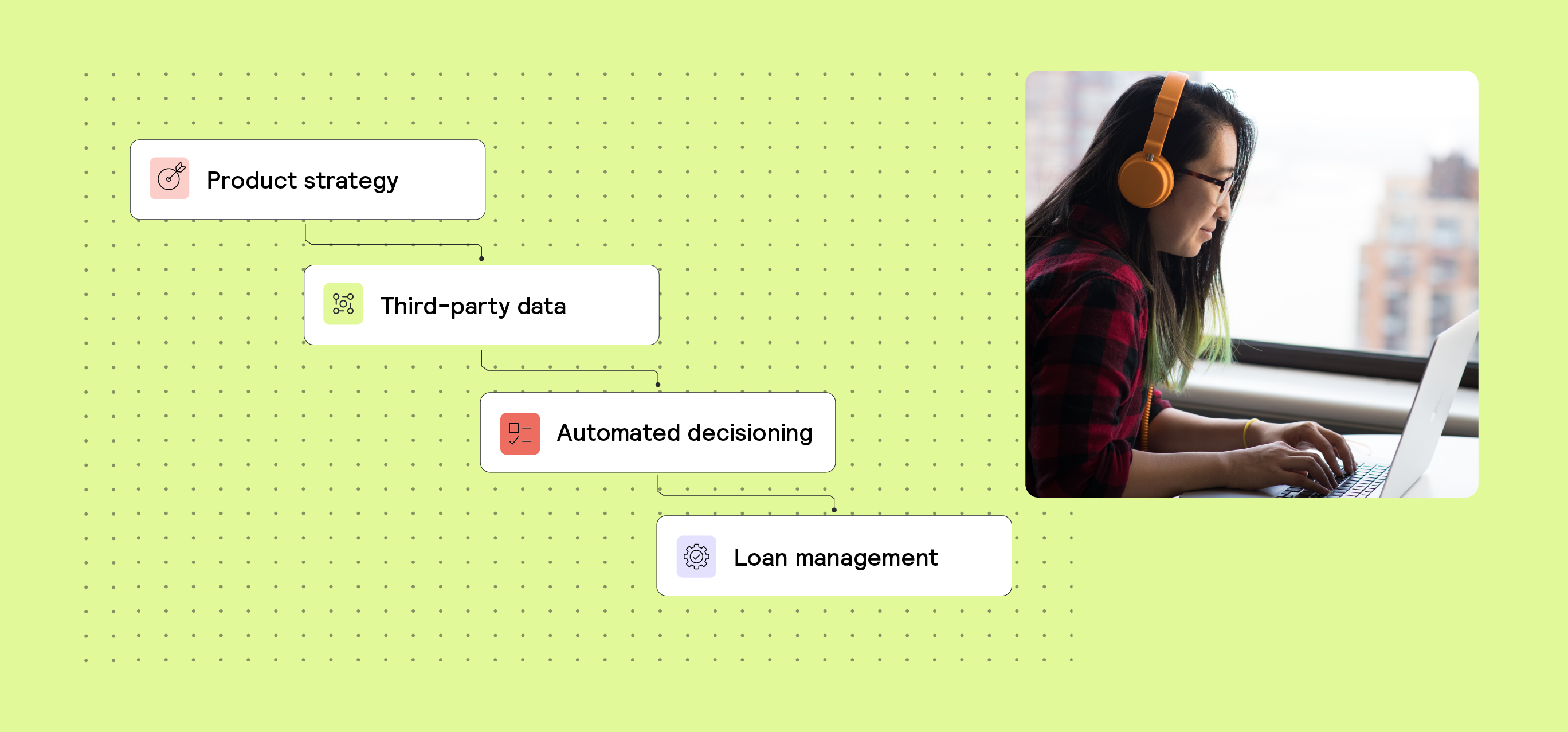Data min read
Open banking: New ways to monetize financial data

By Matt Colebourne, Managing Director of Qwist
With the launch of the second Payment Services Directive (PSD2), Open Banking has reshaped the European financial landscape. What started as a regulation to boost competition and protect consumers has quickly grown into a global driver of innovation. Banks, fintechs, and businesses are now using access to financial data more strategically – whether to streamline processes, design new products, or build completely new business models.
PSD2 as the starting point
PSD2 marked the beginning of a new era in the European Union. For the first time, banks had to give third-party providers standardized access to account information – but only if customers agreed. This idea of "Access to Account" (XS2A) laid the foundation for many data-driven applications and opened the door to new value chains.
Outside the EU, Open Banking initiatives also appeared – sometimes driven by regulation, sometimes by the market, but always influenced by PSD2. In Switzerland, for example, market-based models show how voluntary standards and industry projects can build both trust and innovation.
No matter the approach – regulatory or market-driven – the core principle of Open Banking is clear: secure, standardized access to financial data builds trust and creates the basis for innovation.
From raw material to resource: Financial data driving digitalization
Financial data is increasingly seen as an essential resource for the digital economy. With the standardization introduced by PSD2, this data can now be used at scale for the first time.
This has major effects: companies can process information in real time, make smarter decisions based on data, and adapt their services directly to customer needs.
Open Banking acts as a catalyst here. It not only boosts efficiency in traditional banking but also opens the door to Open Finance – the next step, where areas like investments, insurance, and wealth management are brought together in a data-driven way.
New monetization models: Data with value
Regulation has also created an economic framework for using financial data. Those who use the data must pay for it – a principle that for the first time sets clear rules and rewards innovation. Around data analysis, evaluation, and personalised services, new business models are emerging.
A short example: the automated analysis of account transactions allows precise risk assessment and helps financial service providers tailor their offers – whether in lending, insurance, or wealth planning.
Concrete use cases: Where Open Banking works today
Credit and risk assessment
Using real-time account data is transforming credit checks. Instead of relying on old scoring models that use outdated or limited data, banks and fintechs can now access up-to-date profiles of liquidity and spending. This allows for quicker and more accurate assessments of both consumers and small businesses – opening access to financial services for customer groups that were previously underserved.
Financial planning and customer experience
Open Banking makes it possible to create personalised offers dynamically. Customers receive recommendations based on their actual financial behaviour – for example, for loans, savings plans, or insurance products. At the same time, these insights help strengthen customer loyalty: when people get solutions that truly reflect their situation, they feel understood and are more likely to stay with their provider.
Fraud Prevention and Compliance
By analyzing transaction patterns, unusual activity can be detected early. Open Banking tools therefore help meet regulatory requirements effectively – from anti-money laundering (AML) to ESG reporting to standard income verification.
The same approach improves identity checks too: through Open Banking interfaces, it is possible to instantly confirm whether a customer’s IBAN matches the name they provided. This reduces the risk of fraud and eliminates the need for long manual checks. The result is faster, smoother onboarding that combines regulatory safety with user-friendliness – boosting both customer satisfaction and loyalty.
Support for businesses
Small and medium-sized companies especially benefit from automated financial analysis. Tasks like liquidity planning, cashflow management, and gaining access to financing become easier thanks to transparent data access.
Embedded finance and new ecosystems
By integrating financial data into non-bank ecosystems, new business models are emerging in the B2B2X space. Whether in e-commerce, mobility, or platform-based industries, financial services can now be offered exactly where they are needed – seamlessly and in context.
One example of embedded finance in action can be seen in the automotive industry. Marketplaces like AutoScout24 (who is partnering with Qwist) enable users to access financing offers from partner banks directly within the platform – no paperwork needed, a completely digital process. By leveraging Open Banking data and standardised APIs, financial services are provided where they add the most value — at the point of need — creating a smoother, more data-driven customer experience.
Data Quality, Interpretation, and the Human Factor
Access to data alone is not enough. What really matters is how the data is interpreted and used. Tools and platforms that not only aggregate information but also make it easy to understand are essential. Risk, credit, and compliance teams do not need raw data – they need clear decision-making insights. Data quality, categorisation, and context are key factors for making sound decisions.
Looking Ahead: Open Finance in the Next Phase
With the upcoming PSD3, the EU regulation on instant payments, and initiatives linked to the Data Economy Regulation, the playing field will continue to expand. Open Finance will increasingly cover areas beyond traditional banking – such as investments, insurance, and pension products. The goal remains clear: greater transparency, more personalised services, and a fairer, more accessible financial system.
The next phase of Open Finance intensifies both the promise and the challenge: financial players must excel at embedding seamless, data-driven services into every aspect of customers’ financial lives, while vigilantly maintaining security, trust, and compliance. The widening scope, from payments to wealth and insurance, brings vital opportunities for inclusion, reaching previously underserved populations and markets. For those at the forefront, responsible management of data, and transparent customer communication will be decisive, not only for building trust but also for standing out in an increasingly competitive and regulated landscape.
Open Banking has grown from a regulatory push into a genuine driver of innovation. The opportunities for data-driven applications are steadily expanding – as are the demands on technology, analysis, and the responsible use of data. Those who invest early in data-driven processes will gain lasting competitive advantages – not only in banking but in any sector where financial data can make a difference.





